




| Carib Grackle (Quiscalus lugubris (Swainson, 1838)) |





|
|
Scientific name: Quiscalus lugubris (Swainson, 1838) Common name: Carib Grackle French name: Quiscale merle Order: Passeriformes Family: Icteridae Size: Body size: 24 to 28 cm; Weight: 70 to 100 g; Females are slightly smaller than males. Habitat: Open or semi-open environments, sparse woods, woodland edges, maquis, parks and gardens, even in urban areas. Food: Insects, berries and seeds, small lizards, crabs, amphibians, snails. They may also raid the nests of other birds to feed on eggs or chicks. Nesting: Carib Grackles perform courtship displays by raising their tail, spreading the wings and puffing out the plumage. They often nest in small colonies. Females build a large, rough cup-shaped nest halfway up a tree. There is usually a clutch of 2-4 eggs. Migration: Sedentary. Geographic area: Lesser Antilles, northern South America east of the Andes, eastern Colombia to Venezuela and north-eastern Brazil. |
The Carib Grackle shows an important sexual dimorphism. Males have a glossy black plumage with steel blue or green metallic sheen. The tail is long and wedge-shaped with a distinctly V-shaped tip. The eye is light yellow. The long black bill is slightly curved downwards. Females are grey-brown with a shorter tail. Their colour varies according to the subspecies (there are 10 of them). Females of the Quiscalus lugubris guadeloupensis subspecies found in Guadeloupe and Martinique are light grey below and medium grey above. Juveniles are similar to females but with black irises. It is light yellow on adult females. |
| [To know more about the Carib Grackle] [Next picture] [Top] |
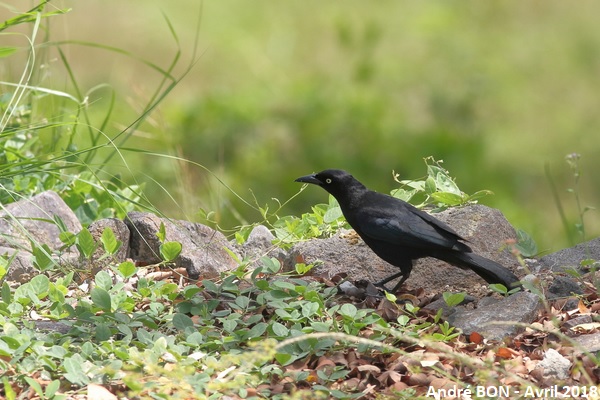
|
Here is a male with his long wedge-shaped tail. |
| [To know more about the Carib Grackle] [Next picture] [Previous picture] [Top] |
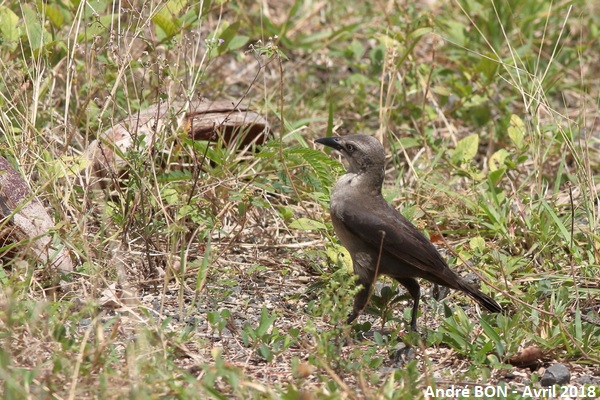
|
Here is the female of grey brown colour and with a tail shorter than that of the male. |
| [To know more about the Carib Grackle] [Next picture] [Previous picture] [Top] |
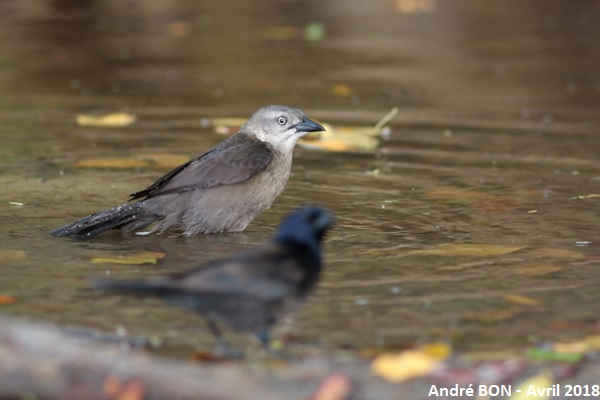
|
Madam is ready for the bath. |
| [To know more about the Carib Grackle] [Next picture] [Previous picture] [Top] |
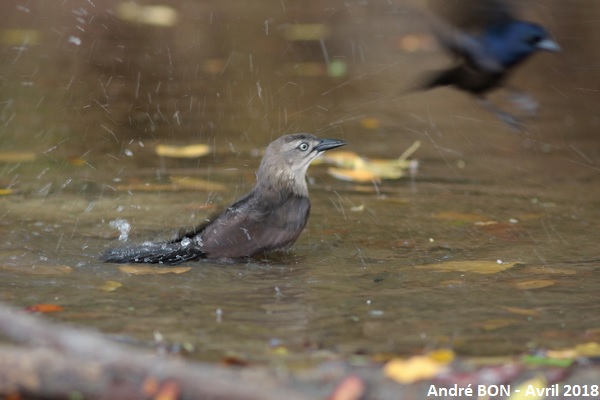
|
The bath is started! |
| [To know more about the Carib Grackle] [Previous picture] [Top] |
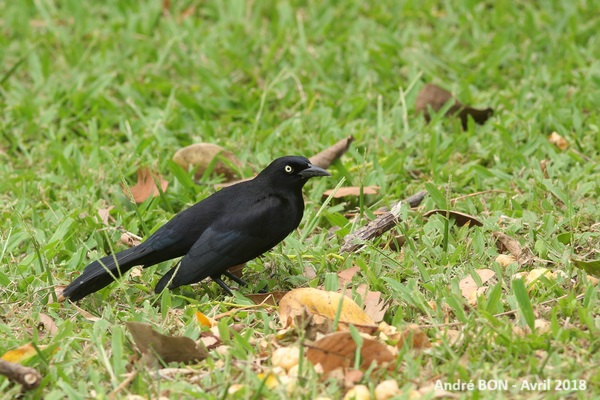
|
This male was observed in the beautiful gardens of Habitation Clément. |